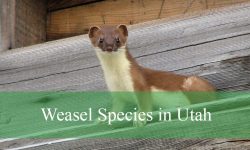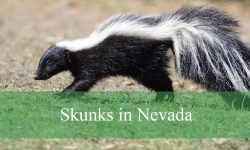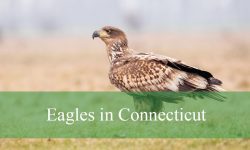Utah’s skies and woodlands are alive with the calls and colors of its jay species. Observing these birds is a treat for any birder, as they flit through pinyon-juniper forests, oak woodlands, and even backyard feeders, each movement revealing their clever and social nature.
The state hosts three jay species, each with its own personality and markings. The Pinyon Jay travels in noisy flocks, while Woodhouse’s and Western Scrub-Jays are more deliberate, often seen guarding their territories or caching acorns. Learning their subtle differences adds depth to every birding outing.
With patience and a keen eye, birders can spot these intelligent birds throughout Utah. From dawn choruses to autumn foraging flurries, this guide helps you identify, appreciate, and enjoy each jay in its natural habitat.
Pinyon Jay (Gymnorhinus cyanocephalus)
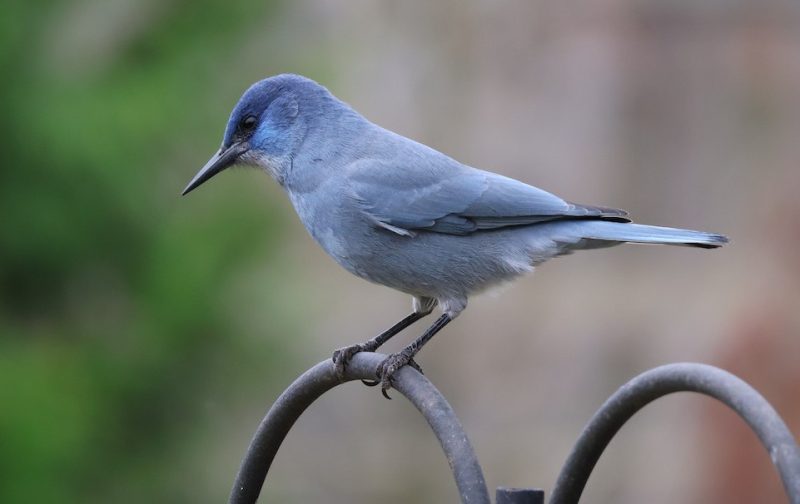
Pinyon Jay (Gymnorhinus cyanocephalus)
Physical Characteristics
The Pinyon Jay is a medium-sized bird, measuring about 26–29 cm (10–11.5 inches) in length, distinguished by its crestless head, which sets it apart from many other jay species. Its plumage is a soft, muted blue across the back, wings, and tail, blending into a slightly paler tone on the chest. The throat and upper breast are streaked with whitish feathers, while the chin often appears whitish, creating a subtle contrast with the blue body. The bird’s tail is relatively short, allowing agile movement through dense woodland. Its pointed, slender bill is specialized for prying open pinyon pine cones to extract seeds, a hallmark of its feeding behavior.
The legs and feet are dark and sturdy, supporting its active lifestyle as it hops and climbs between branches. Eyes are dark brown to black, giving it an alert, intelligent expression, reflecting the species’ high social awareness. Both males and females look similar, with no marked sexual dimorphism, so field identification relies on size, vocalizations, and flock behavior rather than color differences.
Habitat and Range
In Utah, the Pinyon Jay is primarily found in pinyon-juniper woodlands, especially at mid-elevations between 1,200 and 2,400 meters (4,000–8,000 feet). It prefers open landscapes with scattered trees, allowing easy access to pinyon pine seeds. These birds are non-migratory and remain largely within the same territories year-round, though they may move locally in search of food.
Pinyon Jays also occur in foothills and scrub-oak forests across the state, from the Wasatch and Uinta ranges to the southwestern desert woodlands. They are adaptable to semi-urban environments where pinyon pines or other food sources exist, but dense forests and heavily urbanized areas are generally avoided.
Behavior and Social Structure
Pinyon Jays are highly social and intelligent, forming flocks that can number from dozens to several hundred individuals. Within these flocks, birds maintain complex social hierarchies and engage in coordinated foraging, communal roosting, and vocal communication. The flock often moves as a single unit, navigating the landscape with precision and remaining alert for predators.
Vocal communication is central to their social structure. Their calls are harsh and nasal, often described as rattling or squeaky, used to maintain flock contact, warn of danger, or coordinate movements. Social behaviors include cooperative vigilance while feeding, shared roosting, and occasional assistance in raising young, though primary caregiving remains with the parents.
Diet and Feeding Habits
The Pinyon Jay’s diet is specialized but opportunistic. Pinyon pine seeds are the main food source, skillfully extracted from cones using their pointed bills. These birds are known for caching seeds in hidden locations, demonstrating impressive spatial memory and aiding in pinyon pine seed dispersal.
They also consume acorns, juniper berries, cultivated grains, and fruits, while insects, small lizards, snakes, nestling birds, and small mammals may occasionally be taken. Foraging usually occurs in flocks, allowing efficient coverage of large areas while maintaining social cohesion and vigilance against predators.
Woodhouse’s Scrub-Jay (Aphelocoma woodhouseii)
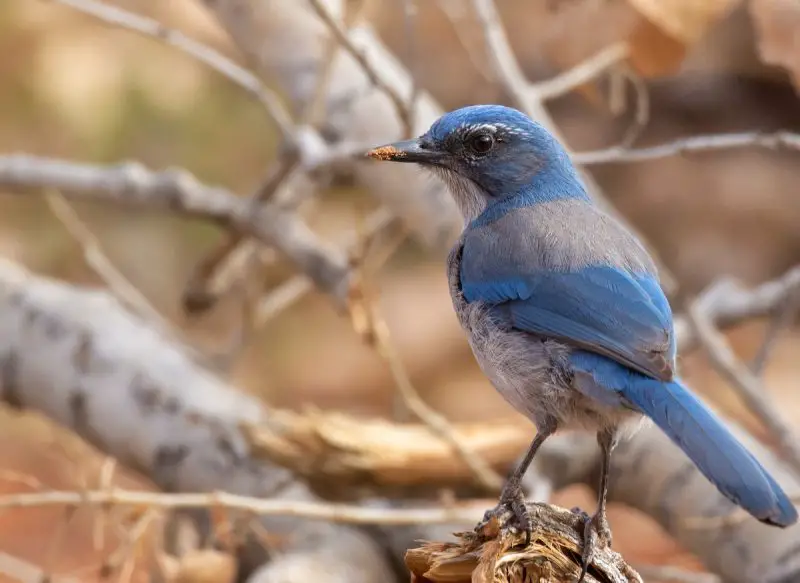
Physical Characteristics
Woodhouse’s Scrub-Jay is a medium-sized, crestless bird measuring approximately 26–31 cm (10–12 inches) in length. Its most striking feature is the combination of soft grayish-blue on the body with darker blue on the wings and tail, giving it a subtle yet elegant appearance. The underparts are pale gray, and the face often shows a faint blue wash, accentuating its alert, intelligent expression. Its slender, pointed bill is highly adapted for manipulating and extracting seeds and nuts from cones, reflecting its specialized feeding behavior.
The legs and feet are strong and dark, providing stability while hopping along branches or foraging on the ground. Eyes are dark brown to black, giving the bird a keen gaze that signals high alertness. Both males and females share similar coloration, so field identification in Utah relies heavily on behavior, habitat, and vocalizations rather than visual differences.
Habitat and Range
In Utah, Woodhouse’s Scrub-Jay inhabits arid and semi-arid open woodlands, particularly those dominated by pinyon pine, juniper, pine-oak forests, and oak scrub in foothill regions. They are also commonly observed in suburban parks and yards with scattered trees, demonstrating adaptability to human-modified landscapes.
These birds are non-migratory, typically occupying the same territories year-round. They prefer areas with scattered trees and open understory, which provide easy access to pine nuts, seeds, and insects while offering vantage points to watch for predators. Elevations in Utah range from approximately 1,000 to 2,400 meters (3,300–8,000 feet), where food and nesting sites are abundant.
Behavior and Social Structure
Woodhouse’s Scrub-Jay exhibits a complex social structure, usually observed in monogamous pairs rather than large flocks. Each pair maintains and defends a specific territory, which can include multiple food sources, roosting spots, and nesting areas.
These jays are highly intelligent and demonstrate problem-solving abilities, including observation and learning from other birds. Unlike some jay species that form large, gregarious flocks, Woodhouse’s Scrub-Jays in Utah remain territorial and interact primarily with their mate, offspring, and occasionally neighboring pairs. Their communication consists of harsh, scratchy calls used to maintain pair contact, warn intruders, or coordinate feeding and nesting activities.
Diet and Feeding Habits
The diet of Woodhouse’s Scrub-Jay in Utah is diverse and opportunistic, consisting mainly of seeds, nuts, fruits, and insects. Pine nuts from pinyon pines are a staple, skillfully extracted with their pointed bills. They also consume acorns, berries, small invertebrates, and occasionally small vertebrates, supplementing their protein intake.
These birds are known for food caching behavior, hiding seeds and nuts to consume later, which demonstrates advanced spatial memory and planning. Foraging typically occurs in pairs, allowing them to search and store food efficiently. Their feeding strategies support both their nutrition and seed dispersal, playing an important ecological role in Utah’s pinyon-juniper and oak woodlands.
Western Scrub-Jay (Aphelocoma californica)
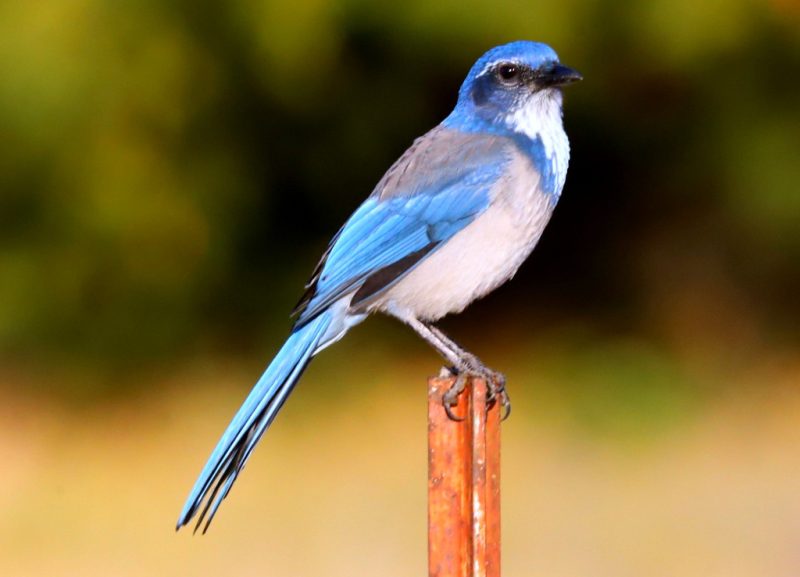
Western Scrub-Jay (Aphelocoma californica)
Physical Characteristics
The Western Scrub-Jay is a medium-sized, crestless bird, measuring approximately 28–34 cm (11–13 inches) in length. It has a stout, slightly hooked bill, ideal for cracking nuts and seeds. Its plumage features vibrant blue on the wings and tail, contrasted with a gray-brown back and white underparts. A prominent blue breast band and a white supercilium (eyebrow line) above the eyes give the bird a distinctive facial pattern, making it easily recognizable in the field.
The eyes are dark and expressive, conveying alertness and intelligence. Both sexes share similar coloration, though males may display slightly more vivid blue tones. Strong legs and feet allow the bird to navigate branches with agility and forage on the ground efficiently. The combination of bright blue and earthy tones helps the Western Scrub-Jay blend into Utah’s open woodlands while remaining visually conspicuous to observers.
Habitat and Range
In Utah, Western Scrub-Jays inhabit oak woodlands, shrublands, and semi-urban areas, including suburban backyards with feeders. They are highly adaptable and often seen near human habitation where acorns and other seeds are abundant.
Their Utah range includes western and central regions, such as the Wasatch Front foothills, the Great Basin edges, and oak-covered valleys. They prefer low to mid-elevation areas where scattered trees provide feeding, nesting, and lookout opportunities. Non-migratory by nature, Western Scrub-Jays maintain year-round territories within these habitats.
Behavior and Social Structure
Western Scrub-Jays are intelligent, problem-solving birds with complex social behaviors. They usually form monogamous pairs that defend permanent territories through vocalizations and displays, actively warding off intruders while coordinating nesting and foraging.
Cooperative breeding is occasionally observed, where offspring from previous broods assist in raising new chicks. Birds are vigilant, using loud, harsh calls to communicate with mates and neighbors. They are active throughout the day, moving between perches and ground foraging areas, and exhibit curiosity and adaptability in interactions with humans and other wildlife.
Diet and Feeding Habits
The diet of Western Scrub-Jays in Utah is diverse and opportunistic. They feed on acorns, seeds, nuts, fruits, insects, and occasionally small vertebrates like lizards or nestling birds. Their strong, hooked bills allow them to crack open acorns and manipulate other food efficiently.
These jays are also skilled food-cachers, storing acorns and seeds in hidden locations for later retrieval. This behavior highlights their advanced spatial memory and problem-solving abilities. Foraging often occurs in pairs, though individuals may forage alone, demonstrating both social coordination and independent resource management. Their feeding contributes to the dispersal of acorns and other seeds throughout Utah’s oak and woodland ecosystems.
Best Time and Places to Observe Jays in Utah
Optimal Seasons for Observation
The best time to observe jays in Utah is during the spring and early summer months (March to June). During this period, birds are most active due to nesting and feeding young, making them easier to spot and hear. Early morning and late afternoon are peak activity times, as jays forage intensively for seeds, insects, and other food sources.
In autumn (September to November), Pinyon Jays are particularly noticeable as they collect and cache pinyon pine seeds for winter, often forming large, highly visible flocks in woodland areas. Winter months are quieter, but Woodhouse’s and Western Scrub-Jays remain resident year-round, so dedicated observers may still find them in their territories, particularly near feeders or open woodlands.
Best Habitats and Locations
Pinyon Jay: Look for these birds in Utah’s pinyon-juniper woodlands and mid-elevation scrublands, particularly in the southern and central ranges, including the Wasatch foothills, Uinta Mountains, and southwestern desert woodlands. They prefer open areas with scattered trees and abundant pine seeds.
Woodhouse’s Scrub-Jay: Found in arid woodlands with pinyon pine and juniper, foothill oak scrub, and occasionally suburban parks. Excellent locations include the southern Utah plateaus, Wasatch foothills, and areas near St. George.
Western Scrub-Jay: Prefers oak woodlands, shrublands, and suburban backyards in western and central Utah. Areas like the Judean and Tushar mountain foothills offer open spaces with scattered oaks and shrubs ideal for foraging and nesting. Bird feeders in neighborhoods can increase sightings of these adaptable birds.
FAQs About Jays in Utah
What Are the Most Common Jay Species in Utah?
Utah is home to three primary jay species: Pinyon Jay (Gymnorhinus cyanocephalus), Woodhouse’s Scrub-Jay (Aphelocoma woodhouseii), and Western Scrub-Jay (Aphelocoma californica). Each species occupies slightly different habitats and can be identified by color, size, and behavior.
How Can I Identify Pinyon Jays vs. Scrub-Jays?
Pinyon Jays are uniformly blue with a paler streaked breast and are highly social, often forming large flocks. Scrub-Jays (Woodhouse’s and Western) have a mix of blue and gray, with white underparts and distinctive facial markings—such as a blue breast band (Western) or grayish-blue body (Woodhouse’s). Scrub-Jays are usually seen in pairs and are territorial.
When Is the Best Time to Spot Jays?
Early morning and late afternoon are the best times to observe all jay species when they are actively foraging. Spring and early summer are ideal for observing nesting behaviors, while autumn is great for seeing Pinyon Jays caching seeds.
Do Jays Visit Bird Feeders?
Yes, Woodhouse’s and Western Scrub-Jays readily visit feeders in suburban and rural areas, especially those offering sunflower seeds, peanuts, or corn. Pinyon Jays are less likely to visit feeders but can be seen near areas with abundant pinyon pine seeds.
Are Jays Aggressive or Shy Birds?
Jays are generally bold and curious, especially in suburban areas. They can be aggressive when defending food or territories, particularly during breeding season. Pinyon Jays are highly social but cautious around humans, while Scrub-Jays may be less wary and more approachable.

